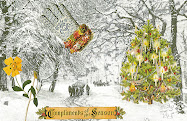
Hundreds of people poured into
Harmony School yesterday for a memorial service for Madeline Krause, filling the gymnasium and spilling into the halls.
I have spent so much time in this space: my children attended Harmony for a number of years, playing 4-square in the gym and learning negotiating skills to resolve conflicts. Each year they took part in Holiday Follies, a rollicking talent show featuring everyone in the school, from preschool ensembles to high school rock bands. Savannah acted in every elementary school play, in myths and fables where she tended to play the role of a maiden who married someone at the end of the story. Jack learned how to make videos and work in a darkroom.
We saw the gym transformed for an amazing day of art, with life-sized rooms designed as if by Matisse or Van Gogh, a Greek garden, camera obscura, Sistine ceiling, hip-hop graffiti wall. We saw it filled with science experiments, where we tested our tongues and learned about trees, ecology, and mathematical projections. We've been in the gym on Martin Luther King Jr's birthday, for the Harmony Social Justice Day, and we participated in school graduation ceremonies there.
We've seen Lotus Blossom concerts with musicians from around the world. Each year we were part of the annual Harmony Halloween parade, with an assortment of ingenious homemade costumes, and kitschy awards made by the kids out of junk from their toy chests and Salvation Army shelves. We visit the gym for the Winter Market, buying food and flowers from local growers during the coldest months of the year. Years ago, a memorial service for Bill Krejci, dedicated leader of
our local food co-op, was held at Harmony on a late August afternoon. Bill was an advocate for funeral service options that have compassion, ecological foresight, simplicity and reverence.
But on this November afternoon it was Maddie's memorial service. The lights were low and the stage covered with her beloved stuffed animals. There were many vases of roses and other flowers, in front of the Harmony climbing wall. In the hallway, photos of a beaming child growing into a vibrant, complex young woman, her poetry, and tables laden with food.
It was an extraordinary service, holding within it the very soul of Harmony and our community.
Malcolm Dalglish played the dulcimer, and there was music by Art Heckman. We heard the words of
Shakespeare's Sonnet 30, and learned that Maddie loved Shakespeare, especially the sonnets. We all joined in on
John Prine's
"Paradise", Maddie's favorite group sing at
Camp Palawopec. Maddie's family, her parents, sister, and aunt, read beautiful tributes to her life. We saw a video with photos of Maddie from babyhood on.
Hester Hemmerling talked about their work together as writers.
Carrie Newcomer and
Krista Detor sang songs that were perfect expressions of the moment. Her friends recalled her keen sense of friendship, inability to be dishonest, generosity, romanticism, and ingenuity as improvisational actress. Jurion Jaffe held the audience spellbound when he sang
"Where is Love?" from
Oliver, a song he often performed in a duet with Maddie.
There was also this Rumi poem:
Out beyond ideas of wrong-doing and right-doing,
there is a field.I'll meet you there.When the soul lies down in that grass,
the world is too full to talk about.
Ideas, language, even the phraseeach other
doesn't make any sense.We met briefly in that field, held together by the unique mystery of Madeline Krause.













































































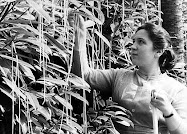


































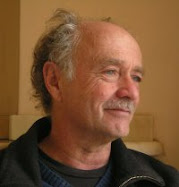











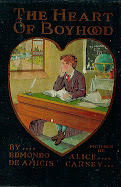
















































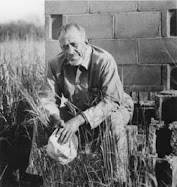









.jpg)














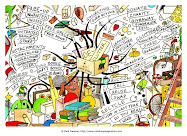






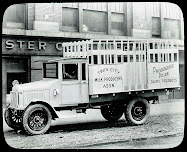





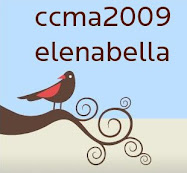




























































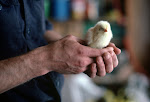
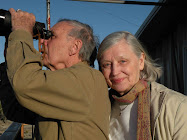
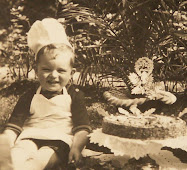














































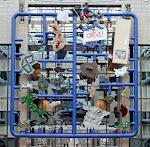.jpg)
















